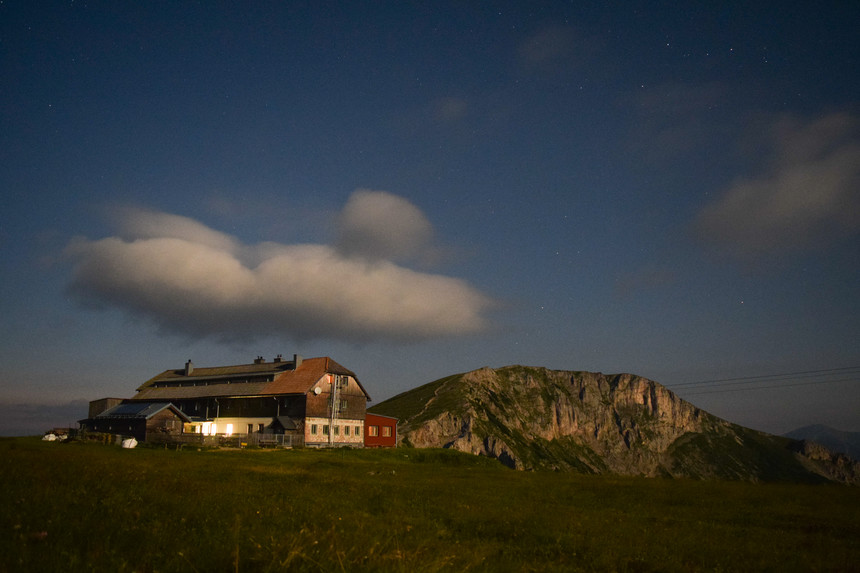 Austria's Karl Ludwig Haus is a mountain hut unlike any other. Perched atop the Rax plateau, it is the Alps' only 100 percent organic mountain hut. Max Ritter photo.
Austria's Karl Ludwig Haus is a mountain hut unlike any other. Perched atop the Rax plateau, it is the Alps' only 100 percent organic mountain hut. Max Ritter photo.
It’s 5 a.m. and stepping out of bed onto the cold wooden floor of the hut seems like the worst idea ever. I suck it up and crawl out from beneath the covers and put on my down slippers to head downstairs. The whole building is dark and quiet, save for the creaking floorboards beneath my feet and the sound of the wind outside.
The early morning rituals of living at the Karl Ludwig Haus are the most important of the day. Especially later in the year, when temperatures plummet and the snow starts piling up outside. It is up to whoever gets that early morning shift to build a fire in the kitchen’s enormous wood stove, which today happens to be me. Not much can happen without heat here, and the only place it comes from is that stove.
Waking up early in the cold is uncomfortable, but the second the sun crests the horizon, illuminating the mountains of eastern Austria, I remember that it’s definitely worth it. I quickly build a fire in the stove, put on some water to boil for coffee and step outside to get rid of yesterday’s ashes. As I heave them into the wind, it briefly shifts and nearly covers me in ash. Back inside, the fire is now roaring, and everything slowly warms up.
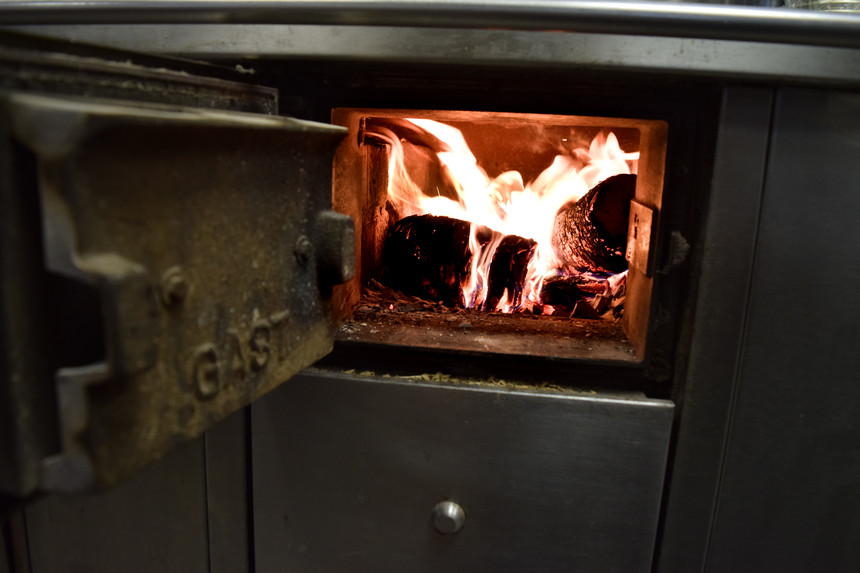 Keeping this fire stoked is integral to everything at the Karl Ludwig Haus: staying warm, cooking, and keeping the guests coming. Max Ritter photo.
Keeping this fire stoked is integral to everything at the Karl Ludwig Haus: staying warm, cooking, and keeping the guests coming. Max Ritter photo.
A Change of Pace
In 2016, I spent a season at Austria’s Karl Ludwig Haus working with hutkeeper and visionary Gerold Hubmer, who took over the hut in 2012 on a mission to redefine the image of a mountain hut in the Alps. The KaLuHa has now become Austria’s only fully-organic mountain hut, meaning that all the food and drink available is not only 100 percent organic, but freshly prepared every day and most of all, delicious.
Hubmer, who hails from nearby Vienna, spent many years working in the food business learning the ins and outs of what it meant to run a restaurant differently. He worked in nightclubs, bars, restaurants, even played in his own Cajun blues band for a while. After getting fed up with city life and longing to return to his second love, the mountains, he took a job as hutkeeper with the Austrian Tourism Club, an organization in line with the old-school European Alpine Clubs that help maintain trails, huts, and climbing routes.
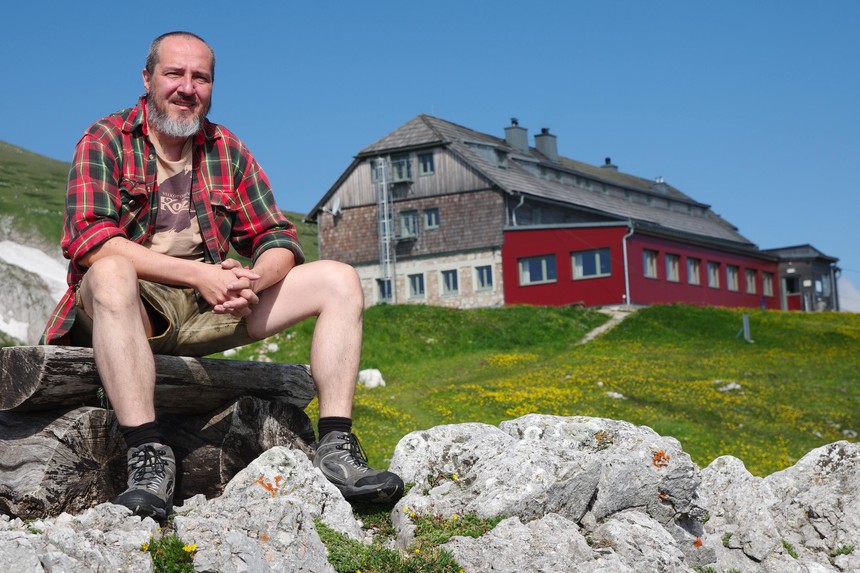 Gerold Hubmer took over in 2012 with a vision to change what it meant to visit a mountain hut in the Alps. Gerold Hubmer photo.
Gerold Hubmer took over in 2012 with a vision to change what it meant to visit a mountain hut in the Alps. Gerold Hubmer photo.
For those who are unfamiliar, the Alps are littered with hundreds of huts that serve as a place for hikers, skiers, climbers, and now even mountain bikers and paragliders, to eat, drink, and sleep. They typically offer comfortable lodging and a full-service bar and restaurant and have come to serve as a cultural icon in the Alps. “Auf da Hutt’n” as the Austrians would say, is a reference to something more than just literally “up on the hut,” it truly encapsulates a state of mind only achievable high up on a beautiful mountainside, perhaps sipping a cold beer and taking in the vistas.
So when Hubmer took over the Karl Ludwig Haus six years ago, he wanted to share that sentiment with his guests in a new way. Taking his skills from the restaurant business, he took on a challenge no one else had ever completed: a 100 percent organic operation on a mountainside. He knew of several huts that served organic food, but no one had committed to it yet on such a large scale. It may not sound so hard at first, but the challenge comes into perspective when you consider that all the ingredients have to be transported up there, there is no drinking water, and the closest road is a two-hour hike away.
To Hubmer, going organic was simply a logical answer to the problems facing the food industry today.
“It’s really not a step forward, but rather a return to our roots. Generations ago, this type of natural food was normal," Hubmer said. "We simply ate what we had grown or collected. In recent years the agricultural industry has managed something incredible: to convince the masses that chemicals, added hormones, and pesticides are normal in food. Guess what? It’s not.”
Karl Ludwig’s House
Austria’s Eastern Alps are a beautiful mix of massive limestone faces and rolling high-alpine meadows filled with wildflowers and herds of wild mountain goats. Missing are the glaciers and icy summits of the country’s western mountains, instead replaced by warmer and more inviting mountains. However, they are still enormous, rugged, and feature some of the best rock climbing in Europe.
 That massive cliff? 2000 feet of limestoney goodness, a short hike from the hut. Max Ritter photo.
That massive cliff? 2000 feet of limestoney goodness, a short hike from the hut. Max Ritter photo.
The Rax, a massive plateau that dominates Vienna’s western horizon and tops out at 2,007 meters and home to the Karl Ludwig Haus, is often considered the birthplace of modern rock climbing. Now featuring hundreds of established rock climbs in all difficulties, the area and its enormous walls served as the training ground for rock climbers from Vienna. This led to the first official rating system for rock climbs, the Benesch Scale, which rated climbs from I to VII, the precursor to today’s UIAA grades. In 1896, the world’s first mountain rescue service was created after the death of three climbers in an avalanche on the mountain.
Even today, the area still draws climbers from all over the world. The hut actually sits directly atop several crags, with classic limestone routes in all difficulties a few feet from the front door. What could be better than having a five-minute walk from home to dozens of exciting climbs, and thousands more just a few minutes further?
 Dani Werjant fires up one of his favorite pitches. The top out? The front deck of the hut, with beers and delicious food waiting. Max Ritter photo.
Dani Werjant fires up one of his favorite pitches. The top out? The front deck of the hut, with beers and delicious food waiting. Max Ritter photo.
The hut itself was built in 1877 and after several expansions and renovations now sleeps up to 80 people in bunks and private rooms. It is named after Austrian Archduke Karl Ludwig, the father of Archduke Franz Ferdinand, who, as you may recall from 7th-grade history, played a large role in the start of WWI.
Of course, the big draw today is the restaurant, offering everything from classic Austrian dishes like Bratl (pork roast) to more creative dishes like carrot-ginger soup and Nepalese curry. Occasionally, Hubmer will cook up something slightly fancier, like a seven-course gourmet taster’s meal and create a culinary event around it.
A Different Kind of Daily Grind
With the morning rituals of lighting a fire and starting breakfast preparations over, I get a few minutes to step outside with an espresso in hand. The first overnight guests are starting to fill the dining room, rubbing their eyes and enjoying the magnificent views over the valleys to the east. In the distance, Vienna hangs in a cloud, but on a completely clear day the buildings and smoke rising from factories are visible. Beyond the city lie Hungary and Slovakia, over 100 miles away.
The day continues mostly with kitchen prep until the first guests arrive for lunch. Of course, in true Austrian fashion, beer comes before anything else, so the first pints of Helles are already on the tables well before noon. Dani, a climber and a fellow member of our hut crew finds these early morning beers hilarious, and will often find a way to poke fun at the guests.
“I guess they’re on vacation," he chuckles, "so it’s okay.”
The kitchen soon becomes a maelstrom of activity, with four of us juggling tasks ranging from dicing onions and carrots for soup to cranking out 100 servings of Kaiserschmarrn (a delicious Austrian desert akin to an eggy pancake covered in butter and sugar). The craziness rivals restaurants found in downtown Vienna, except we get a view out our window, and our guests are usually stoke-filled climbers and hikers looking for a good meal.
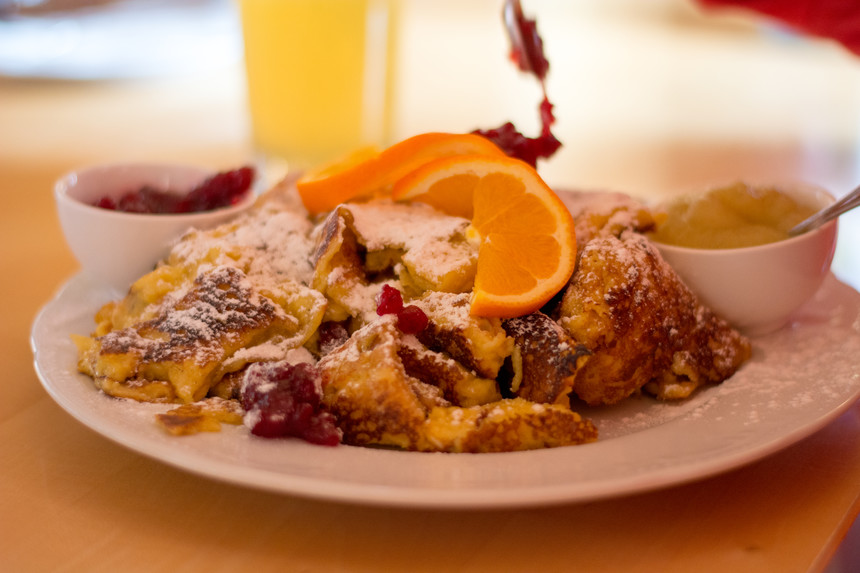 The Kaiserschmarrn, Austria's national dish. And perhaps the most delicious thing ever. Max Ritter photo.
The Kaiserschmarrn, Austria's national dish. And perhaps the most delicious thing ever. Max Ritter photo.
Birgit, another fellow member of the hut team, has just come back from a morning hike with a huge box of fresh Eierschwammerl, a local wild mushroom that she just picked in the woods. The tiny yellow mushrooms are delicious, but require hours of tedious cleaning and prep before we can work them into dishes like omelets or pasta sauce.
Sourcing local produce and even wild foods like these mushrooms or the Bärlauch (wild garlic) that is in many dishes is integral to Hubmer’s vision for the hut. Organic food certainly does not have to be store-bought, especially when it grows a short walk away from home. This mentality extends to the kitchen as a whole, where literally everything is made from scratch, from bread to beef broth to the refreshing sodas we serve.
Exploring the Surroundings
The kitchen rush dies down in the early afternoon, and Dani and I get a chance to climb a few pitches right outside the front door. While the climbing may be well established, each pitch still seems very adventurous, even exploratory. There are almost no bolts here, largely due to the broken nature of the rock, so carefully placed cams and nuts are paramount to safe climbing.
Dani fires up a pitch of 5.11 that features everything from crack climbing to dihedral stemming and a nearly-blank face at the top. He styles it, and I muscle my way up behind with significantly less grace. I remember that the climbing around here does not have to be hard, as images of a route we climbed a few days before flash through my mind: a mellow 500-foot slab climb in the sun that we sped up largely unroped.Many of the routes in the area were first climbed well over a century ago. These pitches speak to the incredibly bold nature of these pioneering alpinists, who climbed things that would still challenge most today in leather boots using hemp ropes and no harnesses. Following in their footsteps brings a certain allure to these climbs and sets them apart from the small crags where I learned to climb.
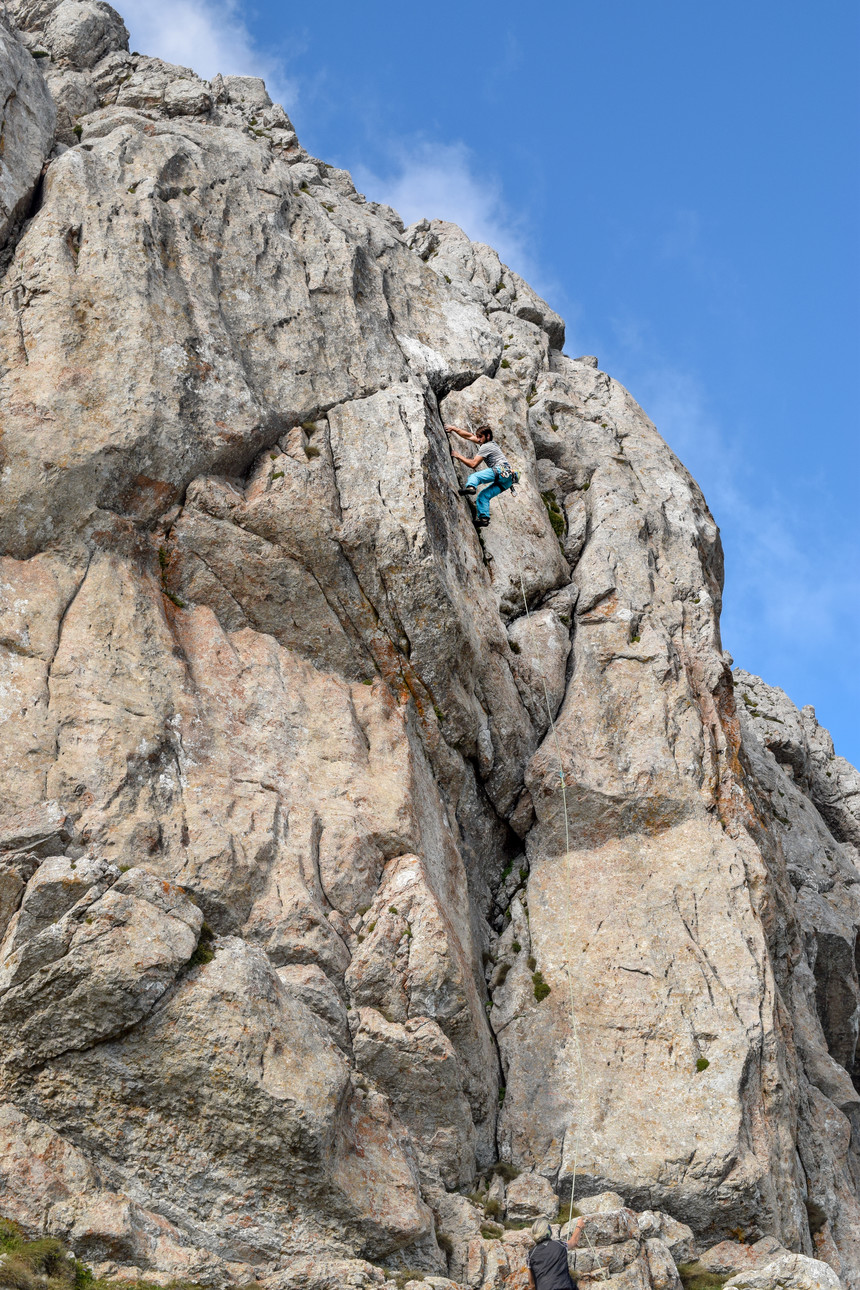 When lunch breaks involve this, there really are no complaints about life. Max Ritter photo.
When lunch breaks involve this, there really are no complaints about life. Max Ritter photo.
After a few more pitches of near-perfect rock, Dani and I head back to work to finish out our evening obligations. Refreshed from the few hours outside, the rest of the day goes by easily, and we finish our kitchen duties and shut it all down as the sun creeps below the horizon again.
A Community Like None Other
Looking around at my newfound family that lived and worked together at the hut that evening, I think about how different we all are. Yet, we were all drawn together by a common love for the mountains, good food, and sharing that experience with others. Our ragtag crew that operated the veritable pirate ship we sailed atop the high-mountain seas was made of up all ages, backgrounds, and even nationalities. Our mission? Do it differently, and have a hell of a time doing it.
We had everything from a professionally-trained chef from a small mountain town running the kitchen, two former filmmakers from Vienna at the bar, a retired schoolteacher from Bavaria in charge of household tasks, two college students waiting tables, a fellow German-American and his Polish girlfriend who spent their summers working at the hut and now found no good reason to leave, and finally me.
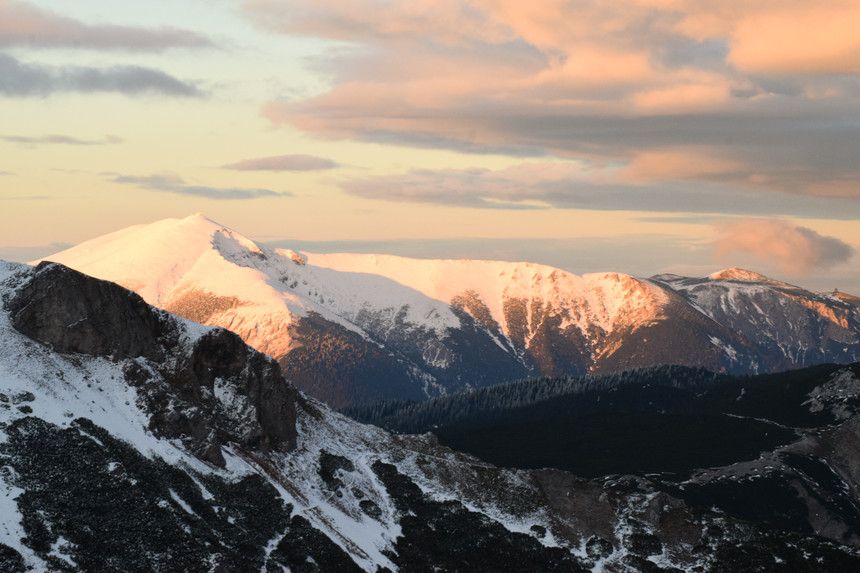 The view out the front door never gets old, even after a full season on the mountain. Max Ritter photo.
The view out the front door never gets old, even after a full season on the mountain. Max Ritter photo.
The German word “Stammtisch” is one of those ones that really doesn’t translate into English. Literally translated, it’s the table that a group of friends sits at together at a bar. But it means much more than that; it’s where issues are debated, resolved, and everyone shares in their thoughts and concerns about life. Oh, and the beer, wine, and schnapps flow freely.
Every night, the Stammtisch is where we settle down over dinner and a drink to debrief on the day. Our conversations range from topics like the craziest guest of the day, to politics, even ending in hours-long games of trying to outflank one other in Chinese Go. The world outside only mattered when we wanted it to, and we tried our hardest to keep it that way.




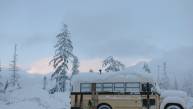

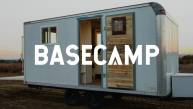


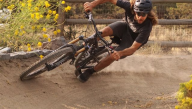

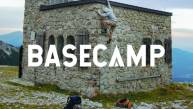

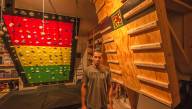


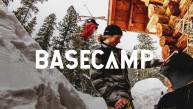
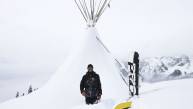
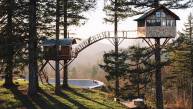
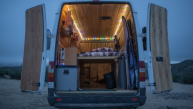
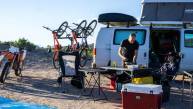
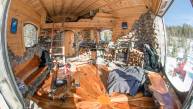
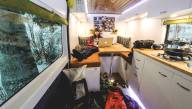
malenas
October 2nd, 2018
Download Tweakbox iOS iPhone/iPad